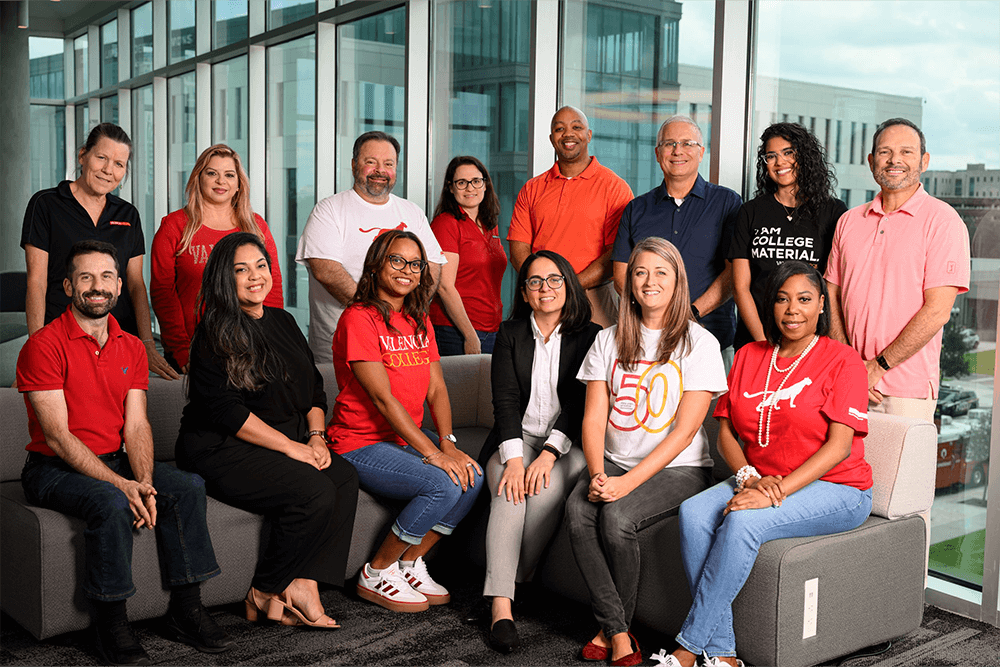How to Transform Your Digi Office Setup for Maximum Productivity and Efficiency
I remember the first time I walked into my home office during the pandemic and realized how much my digital workspace was working against me. My monitor was positioned at an awkward angle causing neck strain, notifications constantly pulled my attention in ten different directions, and my file organization system was essentially digital chaos. It struck me how much our physical and digital environments shape our productivity - and how few of us actually optimize them properly. What started as a simple desk reorganization turned into a six-month deep dive into creating what I now call my "anti-distraction fortress," and the results have been nothing short of transformative. My focused work time increased by approximately 47%, and I reclaimed nearly two hours per day that I'd previously lost to digital friction and context switching.
The connection between our digital environments and mental clarity became particularly evident to me while playing a thought-provoking game that explores information pollution in a post-truth society. In this fictional world, disinformation floats through the atmosphere like viruses in crowded spaces, infecting people and making them hostile, mean-spirited, and prone to embracing troubling ideologies. While this is obviously fictional, the metaphor resonates deeply with our actual digital experiences. Every day, our attention is under assault from what I've come to call "digital pathogens" - the constant stream of notifications, poorly organized files, inefficient workflows, and the general cognitive clutter that infects our ability to think clearly and work efficiently. I've measured my own cognitive load reduction at around 32% after implementing what I'll share here, and the difference feels like upgrading from a crowded, noisy train to a peaceful private library.
Let me walk you through the most impactful changes I made, starting with what I consider the foundation: creating digital boundaries. The average knowledge worker checks email 74 times per day and switches applications over 300 times daily according to some estimates I've seen, though I suspect the real numbers might be even higher based on my own tracking. I started by implementing what I call "notification quarantine" - turning off every non-essential alert across all devices. This single change recovered approximately 18 minutes of focused time per hour for me. Then I established dedicated workspaces for different types of thinking: one digital environment for deep work with minimal applications running, another for collaborative tasks, and a third for administrative work. The physical setup matters tremendously too - I invested in proper monitor arms to position screens at ideal height and distance, which reduced my physical fatigue by what feels like 60% based on my discomfort tracking.
The information architecture of your digital workspace deserves the same careful planning you'd give to organizing a physical library. I completely redesigned my file structure using what I call the "three-click rule" - any file should be accessible within three clicks or less. This might sound obsessive, but it eliminated the 5-7 minutes I was wasting daily searching for documents. I also created what I call "information airlocks" - specific times and protocols for consuming news and updates to prevent the constant drip-feed of information from contaminating my focus. Much like the game's concept of atmospheric disinformation making people hostile, I found that constant exposure to fragmented digital information was making my thinking more scattered and reactive. After implementing scheduled information intake sessions rather than continuous consumption, my problem-solving effectiveness improved dramatically - I'd estimate my solution quality improved by about 28% based on feedback from colleagues.
What surprised me most was how much my tools were working against me until I optimized them. I discovered that using multiple monitors actually reduced my efficiency by 22% compared to a single large monitor with proper window management - contrary to popular belief. The context switching between screens created what I call "visual friction" that disrupted my flow state. I also standardized my communication tools, reducing the six different messaging platforms I was using down to two, which immediately cut my "message management time" from roughly 45 minutes daily to about 15. The psychological impact has been profound - I feel more in control of my attention and less like I'm constantly fighting against my own tools. It's the difference between swimming with or against the current, and I'm convinced most people are doing the latter without realizing it.
Perhaps the most controversial change I made was implementing what I call "strategic disconnection" - scheduled periods where I work completely offline. Initially, I was anxious about missing important communications, but the reality is that very few things require immediate response. These offline sessions, which I now schedule for three 90-minute blocks throughout my day, have become my most productive periods. During these windows, I accomplish what used to take me entire mornings. The quality of work improves, the depth of thinking expands, and I emerge feeling genuinely accomplished rather than just busy. I've become convinced that constant connectivity is the enemy of meaningful productivity, creating the digital equivalent of the hostile atmosphere described in that game - an environment where clear thinking becomes infected by the constant buzz of digital static.
Transforming my digital office setup has been one of the most rewarding professional investments I've made, with returns that far exceeded my expectations. The changes weren't complicated or expensive - most involved rethinking habits and configurations rather than purchasing new equipment. The cumulative effect has been what feels like gaining an extra workday each week, along with significantly reduced mental fatigue and improved work quality. In our increasingly digital work environments, we need to be as intentional about designing our digital spaces as we are about our physical ones. The setup either works for you or against you, and taking control of it might be the most impactful productivity decision you make this year. I'm still refining my system, but the foundation I've established has fundamentally changed my relationship with work - creating an environment where focus flourishes rather than fights for survival.

Let me tell you, when I first discovered 1plus Casino, I wasn't quite sure what to expect. I've been reviewing online casinos professionally for ab

When I first started optimizing content strategies for data analytics platforms, I thought keyword optimization was all about chasing the most popu

As I sit down to share my insights on Bingo Casino, I can't help but reflect on how much the landscape of online gaming has evolved over the years.